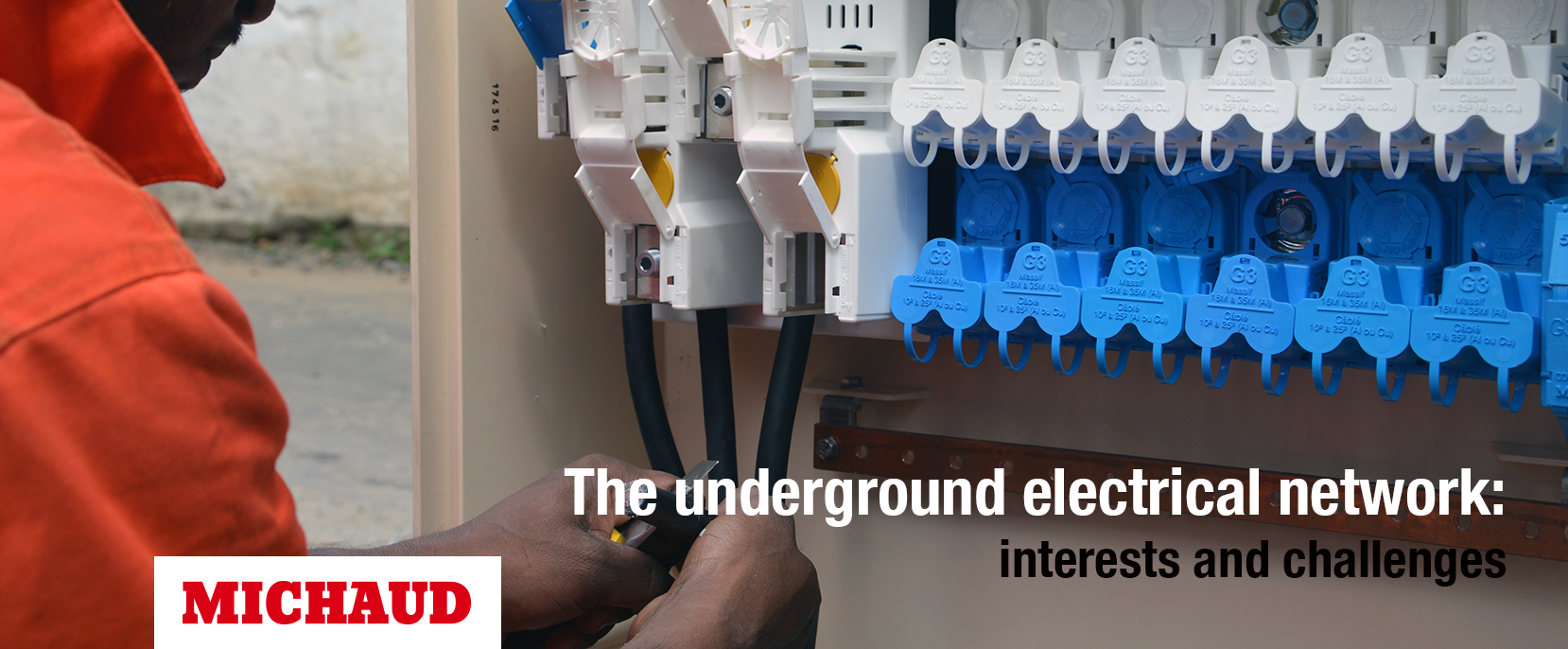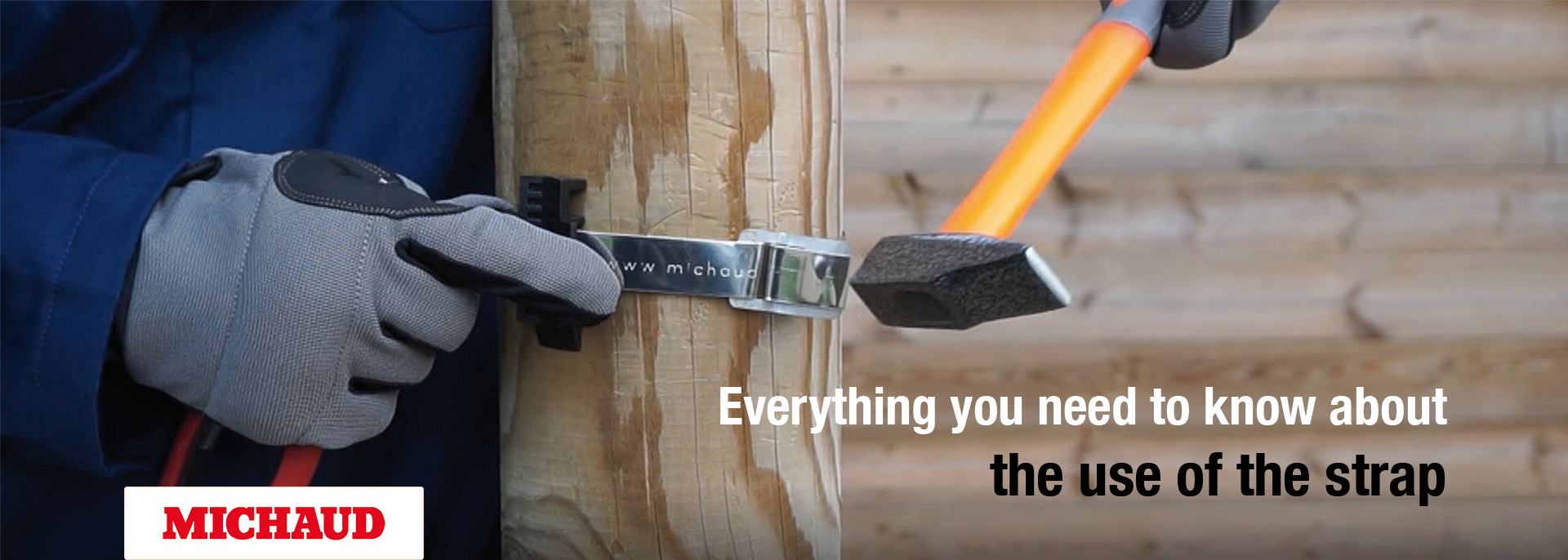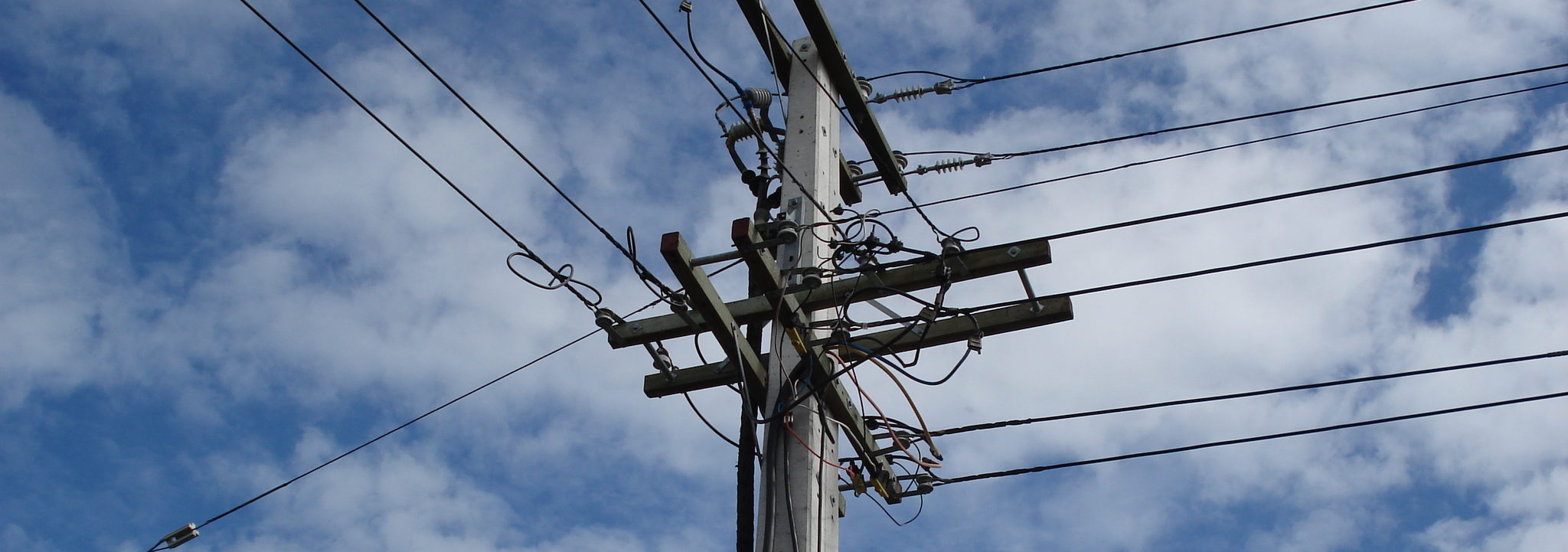
In order to protect equipment and people against insulation faults, there is a protection system called “neutral earthing system”. This system makes it possible to create a path through which the fault will flow, triggering protective device on its way. It is called the “earth fault loop”.
When a fault appears, it takes the shortest and most conductive path. Therefore, if a fault appears on the distribution network, it can easily spread to the user and vice versa. Thanks to the earthing system, the fault drains into the ground, where the power company planed it.
The several neutral regimes
Neutral regimes distinguish between each other by the way neutral, earth and conductive parts are connected. In a faultless system a conductive part of an electrical equipment is not live, but it can become so and represent a danger to people.
There are three neutral systems: Focus on each of them …
The first letter describes the connection on the distribution source and the second one the user side.
T : connected to the earth
N : connected to the neutral
I : insulated from the earth
TT system: The neutral is linked to the earth as well as the conductive parts at the distribution source and the user’s.

TN system : The neutral is connected to the earth and the conductive parts are linked to the neutral.
In this kind of system we can distinguish two different configurations:
- TN-C system: The neutral and the earth are combined. The neutral ensures the earthing function, in that case it is called PEN (Neutral Electrical Protection).
- TN-S system: The neutral and the earth conductor are separated. The conductive parts are connected to the earth and to the neutral in a common point of the distribution source.


IT system: The neutral is insulated to the earth or connected to the earth by means of a device enabling to prevent the interruption of the power on the first fault but to cut only on the second one. Conductive parts, on their side, are grounded.

And on the overhead electrical lines, what is the main earth system?
According to the applications, the users, a system will be preferred over another one.
For example, the TNS system is more efficient than the TT because neutral and protection are separated which avoids a too high sensitivity to defaults, but makes this system more expensive.
We observe the use of IT system for huge consumers or specific ones such as industries, hospitals because they can’t allow an interruption at every fault. This system is difficult to implement and suppose the presence of an operator at every hour on site to control the system and make sure to stop the power if necessary.
Globally, the TT system is often used on overhead electrical lines because easier to install and to afford. Besides this system ensures people protection.
How is the neutral linked to the earth?
It is therefore necessary to earth the neutral along the distribution network. Concretely, the neutral of the twisted line is connected to the earth via a complete earthing system. This circuit must guarantee electrical conductivity, mechanical resistance over time and corrosion resistance to perfectly fulfill its role of fault current flow and therefore ensure protection of people and goods.



